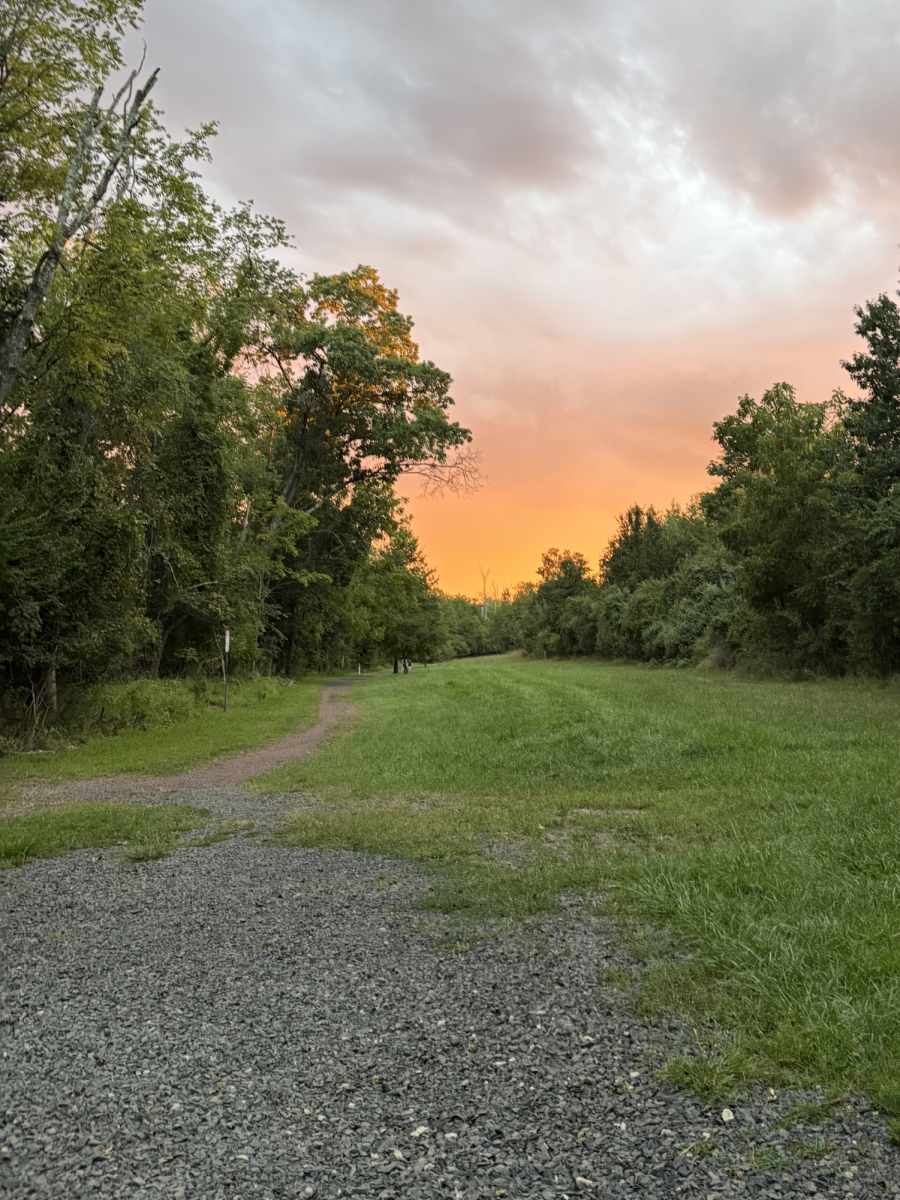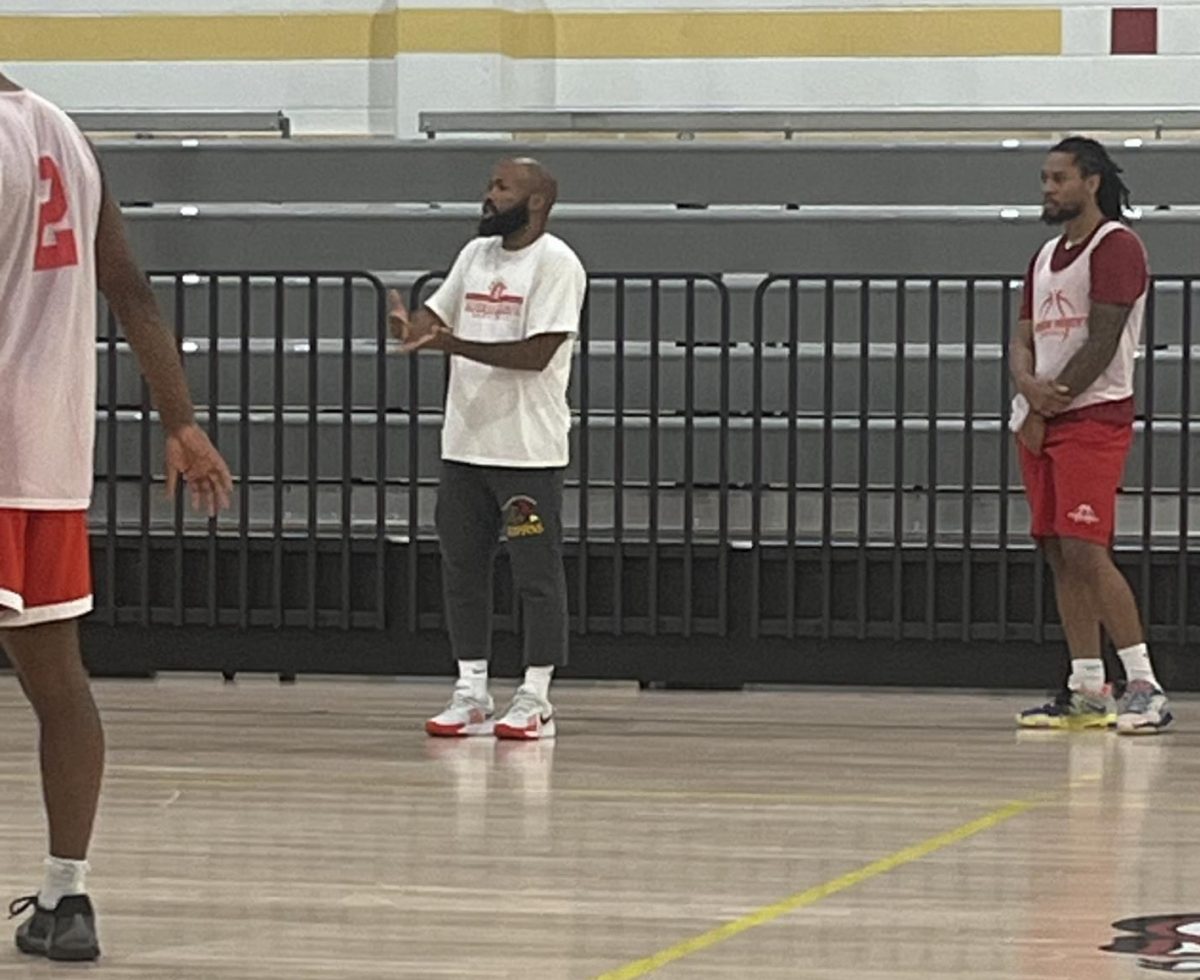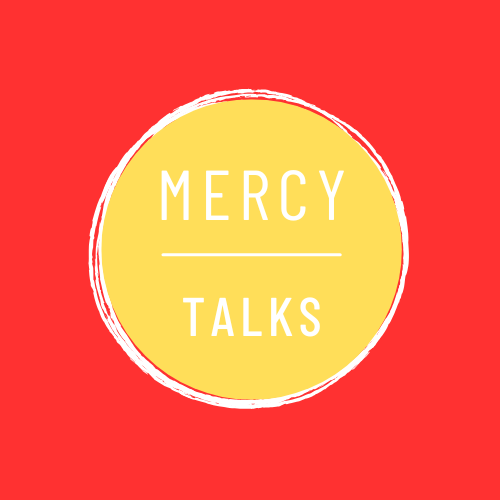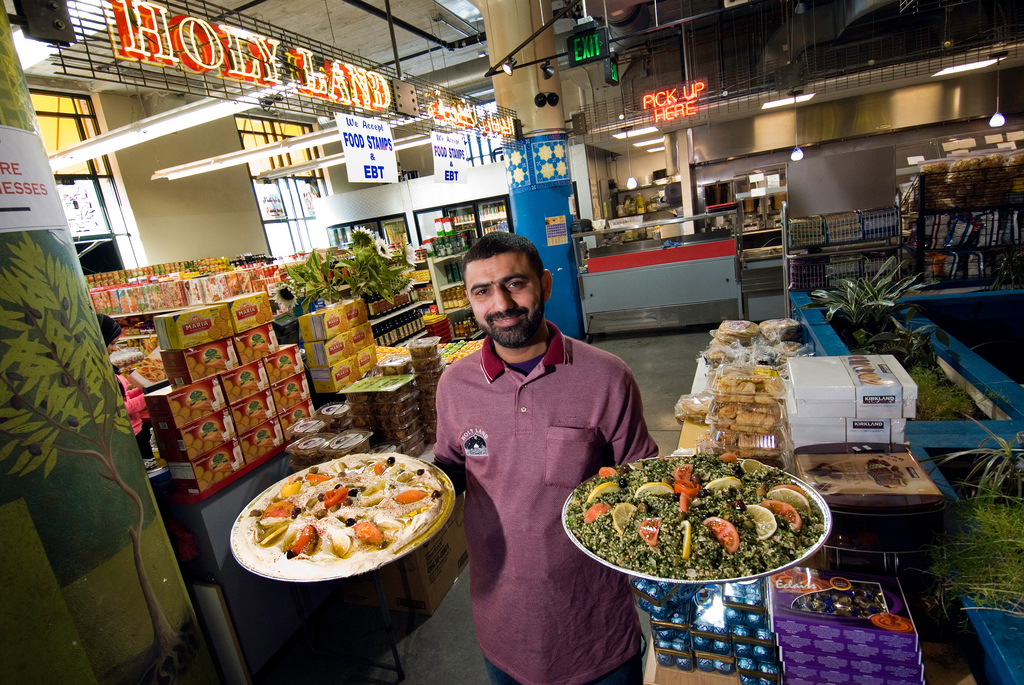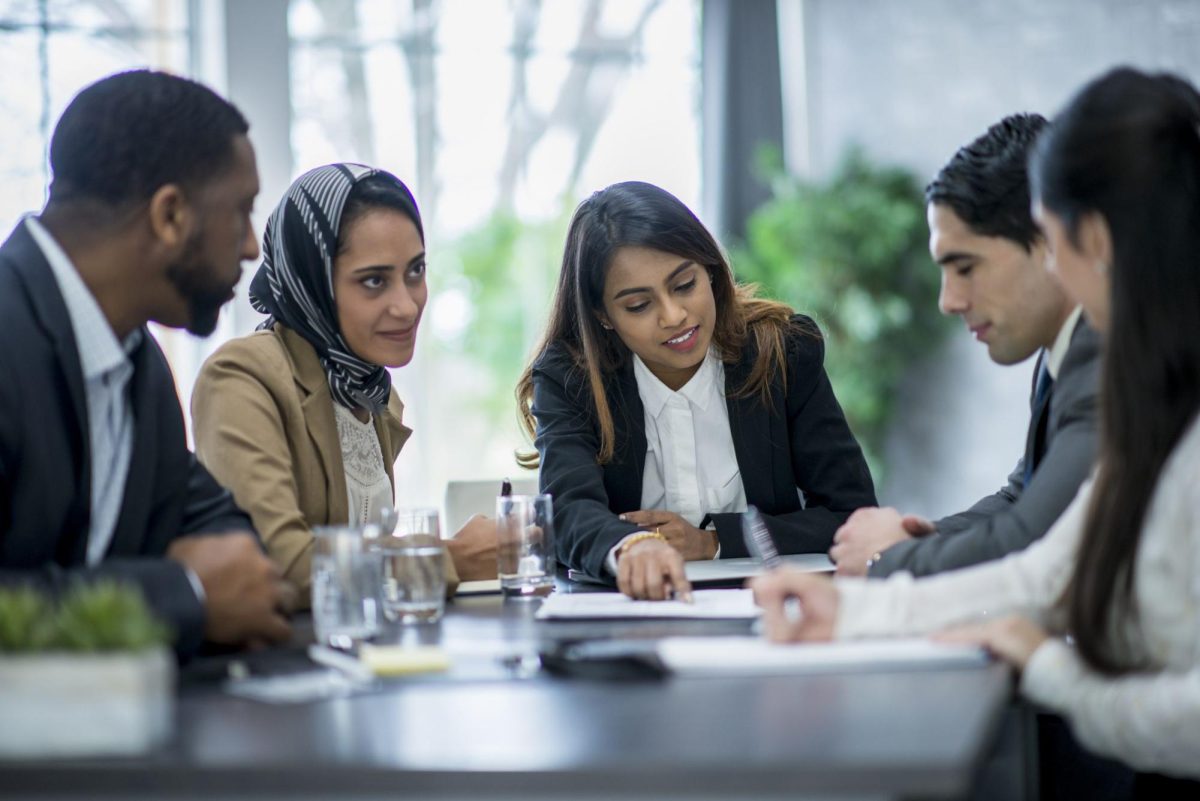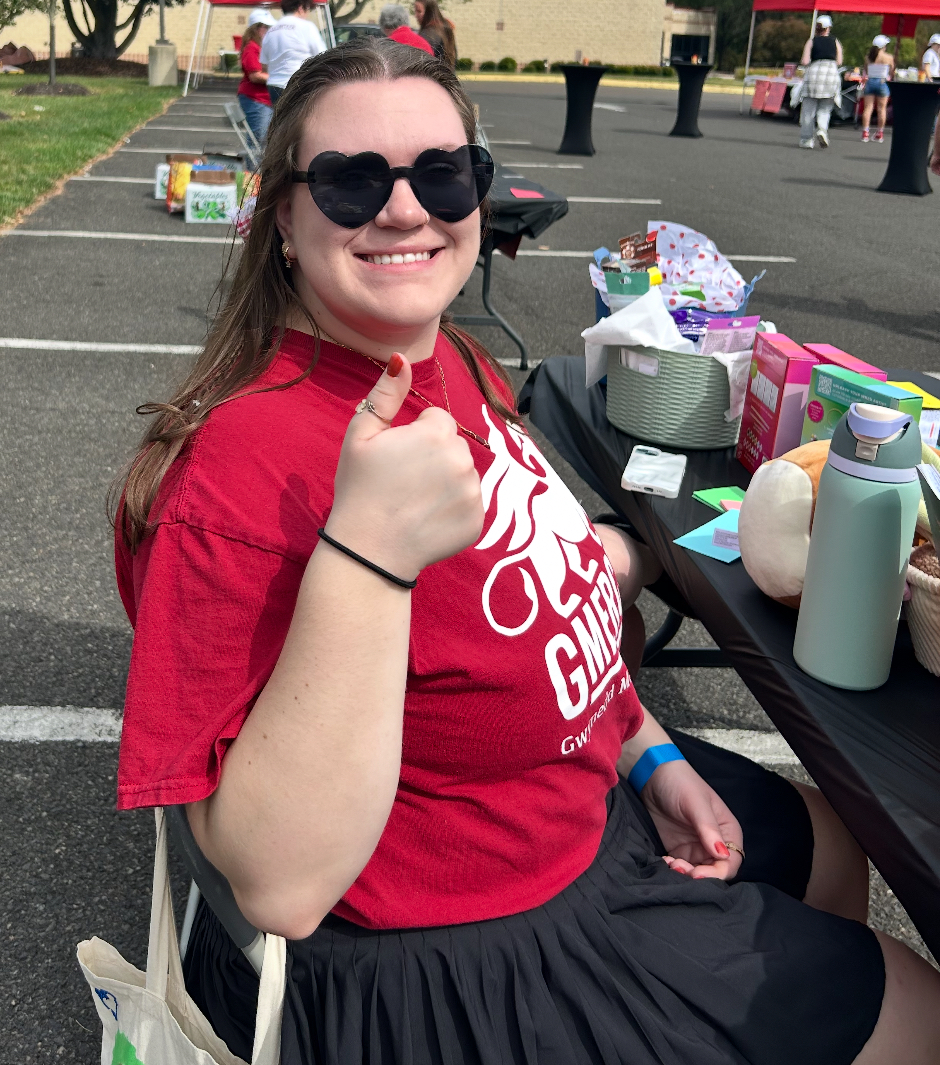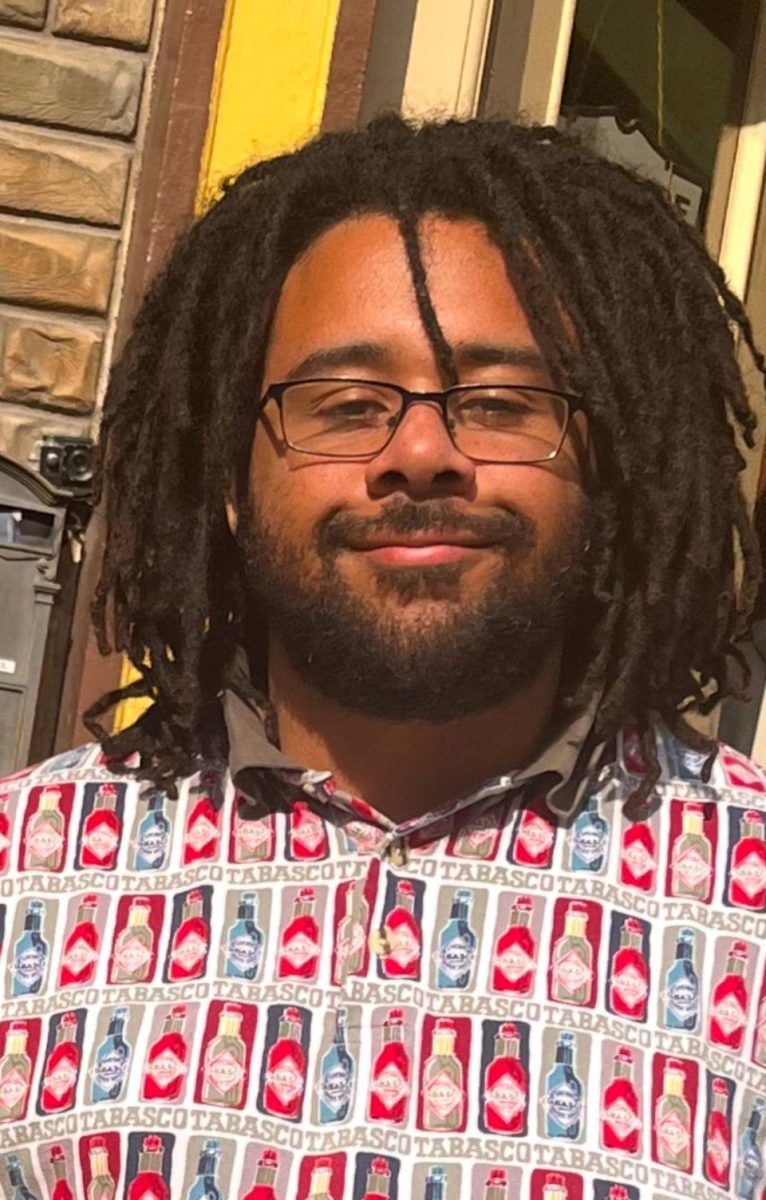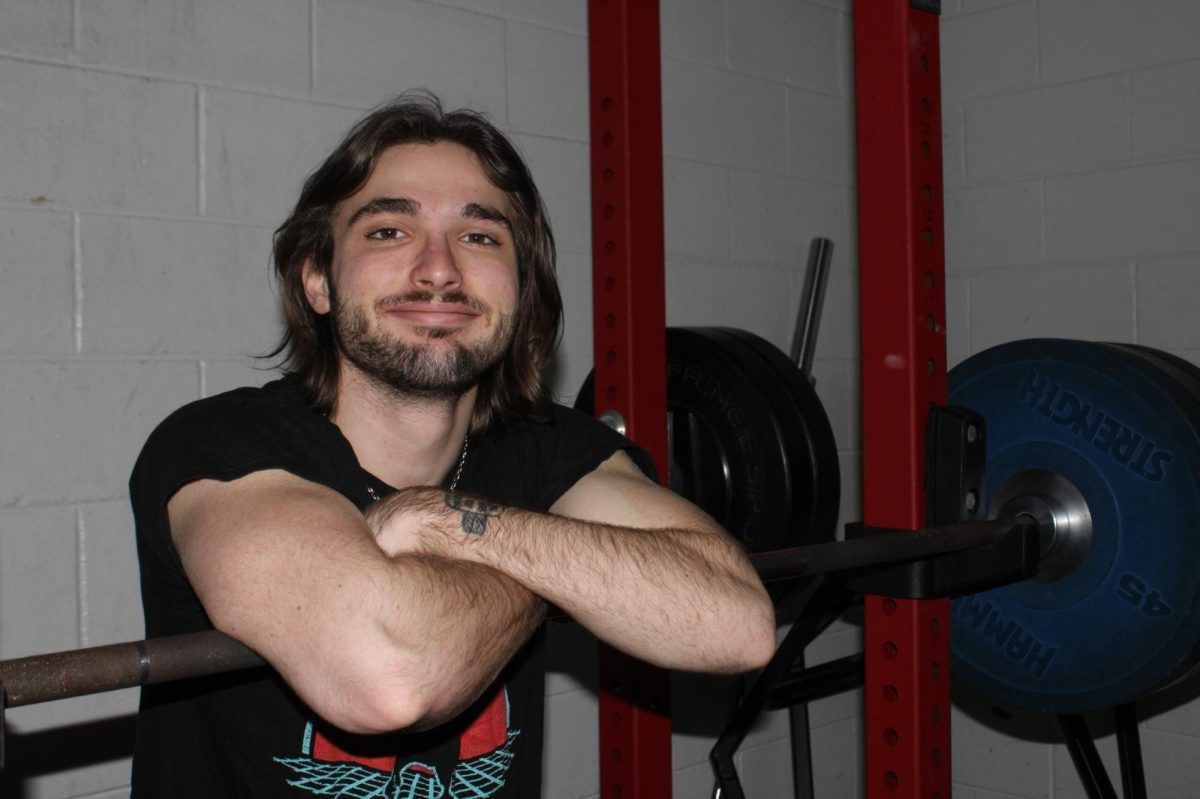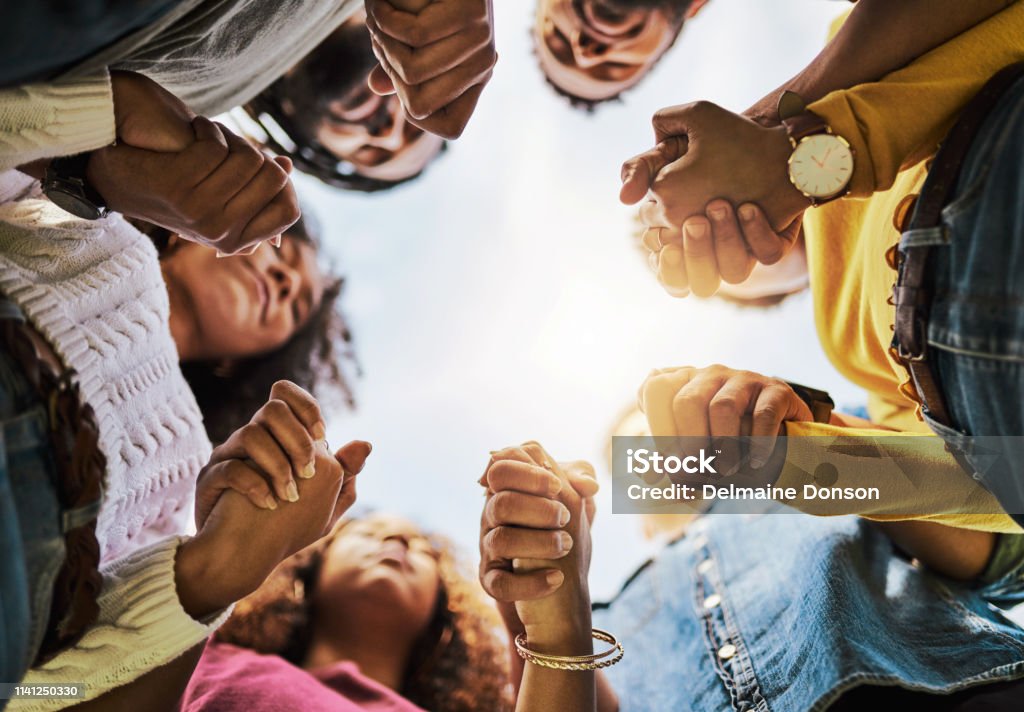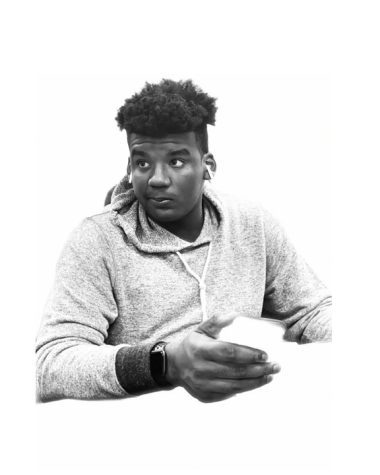Heather Martin was a senior at Columbine High School in Columbine, Colorado in 1999 where two teens killed 13 people and wounded 21 others before taking their own lives. After barricading herself for 3 hours, she survived a traumatic event without knowing how her mental health would be impacted. She experienced recurring nightmares for years after the shooting, dropped out of college, developing an eating disorder and taking recreational drugs.
The Columbine shooting and schools across the United States instituted new security measures such as transparent backpacks, metal detectors, school uniforms, security guards and the numbering of school doors to improve public safety response. Several schools throughout the country resorted to requiring students to wear computer-generated IDs. Schools also adopted a zero-tolerance approach to possession of weapons and threatening behavior by students. Despite the safety measures that were implemented in the wake of the tragedy at Columbine, school shootings continued to take place in the United States. Virginia Tech, Sandy Hook, Stoneman Douglas, and Robb were four subsequent school shootings that far surpassed the casualties of the 1999 massacre, subsequently raising concern of gun violence in the United States
Witnessing violence
According to Everytown Research, firearms are the leading cause of death for children and teens. Witnessing shootings in school, communities, and homes can have a devasting impact. Children who are exposed to violence, crime, and abuse are more likely to abuse drugs and alcohol; suffer from depression, anxiety, and posttraumatic stress disorder; fail or have difficulties in school; and engage in criminal activity.
Gunshot victims need intensive lifelong care, may lose their ability to work, and many have little or no access to programs that offer adequate long-term care and rehabilitation. Black and Latino children in cities are exposed to violence at higher rates than white children. Exposure includes witnessing violence, hearing gunshots, and knowing individuals who have been shot. Black children in Columbous, OH, were exposed to 66% more violence, on average, than white children. In Chicago, Latino children had 74% greater odds of exposure to violence, and Black children 112% greater odds, than white children. When children in these cities are exposed to gun violence, their communities and schools often lack the resources to help them heal.
Accessing community services

People living in communities that are plagued by firearm violence may find it difficult or even dangerous to access health care facilities because the areas where neighborhoods are partitioned by armed criminal gangs or subject to curfews due to insecurity and safety measures. Gun violence can also deter local authorities and NGOs from setting up community health services and contribute to poor staff ability to work. Survivors of domestic violence often don’t have the essential psychological support or safe accommodation they need in neighborhoods wracked by firearm violence.
Gun violence that occurs in public places like streets, parks, and front porches impacts the entire community. The trauma of community gun violence extends beyond those who are directly injured by a shooting to those in the community who are exposed as a witness, neighbor, classmate, or acquaintance. Gun violence exposure has lasting impacts on the physical and mental health and well-being of individuals and their communities. When individuals feel isolated, afraid to leave their homes, interact with neighbors, and participate in community functions, the health of the overall community is adversely impacted.
Community gun violence is concentrated in poor, segregated, and disinvested neighborhoods with few economic opportunities. These neighborhoods have suffered from a legacy of racist and discriminatory public policies which create the conditions for violence. Consequently, Black Americans are disproportionately impacted by community gun violence; they suffer from a gun homicide rate 14 times higher than their white peers. A small number of people within these disinvested neighborhoods drive most of the violence. They are often caught in cycles of victimization, trauma, and retaliation, are disconnected from work and school, and lack the community supports to help them heal.
Gun Violence Stats

Nearly 4,000 children and teens ages 0-19 are shot and killed, and 15,000 are shot wounded that’s an average of 53 American children and teen every day and the effects of gun violence extend far beyond those struck by the bullet: an estimated three million children witness a shooting each year. Gun violence shapes the lives of children who witness it, know someone who is shot, or live in fear of the next shooting.
Gun Violence targeting youth is on the rise in Philadelphia, with city data showing the number of shooting and homicide victims under 18 so far this year more than doubling since 2015. Gun violence continues to afflict Philadelphia and continue to dominate conversations, as of last year 516 people were killed, most from gun violence, and the city had 2,255 shooting victims, only slightly less than in 2021.
Source: The Lenfest Institute Poll, 2023
Firearms are the leading cause of death for children and teens this is a unique American problem because compared to other high-income countries, American children aged 5-14 are 21 times more likely to be killed with guns, and American adolescents and young adults aged 15 to 24 are 23 times more likely to be killed with guns. Black and Latino children and teens are impacted by gun violence higher then white children and teens because of decisions that have created segregated neighborhoods and problems in the communities. Exposure to gun violence has an impact on children and teens psychological and mental well-being and affects their school performance, among other factors. When neighborhoods and schools are not safe from gun violence, entire generations of American children are affected.
Gun Violence in Philadelphia: A public health crisis?
Gunfire is a regular part of life for children in North Philly, West Philly, and other hard-hit neighborhoods. The rising rate of gun violence has a dramatic impact on all Philadelphians with the outsized effects on the communities in which the violence occurs. The annual homicide rate in Philadelphia has dropped 21% compared with last year. According to the numbers from the city controller’s office, record show Philadelphia had 404 homicides, compared with 510 in 2022 and 499 in 2021. About 287 fatalities from gun violence this year were black. The deaths included 158 people ages to 18 and 30, 139 people who 31 to 45, and 46 people aged 45 or older.

-
-
-
-
-
-
-
-
-
-
-
- Gun Violence was fatal for approximately in 1 of 5 of the 2,144 shooting victims in Philadelphia in 2020.
- Non-Hispanic Black and Hispanic Philadelphians
- lose their lives to gun violence at disproportionate rates-devasting families and communities.
- Exposure to gun violence, particularly incidents resulting in fatality, is an important determinant of mental health, increasing psychological distress, depression, suicidal ideation, and serious mental health illness.
- The effects of gun violence exposure are particularly traumatizing for children. Moreover, almost 10% of the victims of gun violence in Philadelphia in 2020 were children under the age of 18. Twenty-five of these children died.
-
-
-
-
-
-
-
-
-
-
Nonprofits Take Aim at Gun Violence: Support and Community Action
Coalition to Save Lives– The Coalition to Save Lives has been operating since late 2022 focused on reducing gun violence. According to Sharmain Matlock-Turner who is the CEO of the Urban Affairs Coalition; “We really need to have the data to determine who is most likely to either be a victim or a perpetrator of gun violence.” The role that the Coalition to Save Lives is doing is to gather data to determine who is most likely to commit the next crime and get to them before they pull the trigger. To identify the people most likely to shoot or be shot, the coalition gathers hard data from three sources: police, the city, and hospitals.
Anti-Violence Partnership of Philadelphia- Anti-Violence Partnership of Philadelphia (AVP) is a victim service agency based in Philadelphia. They provide a wide range of intervention, prevention, and support services to children, youth, adults, and families who have been a victim of violence or have lost a loved one to homicide. They provide services to Philadelphians free of charge like victim services who must interact with the justice system following the lost of a loved one, counseling services which they provide all ages free professional therapy session by state-licensed clinics, and youth services which they support the youth who have been direct or indirect victims of violence, including school-based therapy and activities that promote healthy youth development and positive outcomes. There mission and vision statement talks about they want to reduce the cycle of violence by providing an array of services to victims and survivors in the aftermath of violence that promote healing and safety in their lives and communities.
Ceasefire PA- Ceasefire PA is an organization that takes a stand for a safe, gun-violence free Pennsylvania and they envision a world where everyone lives a life without gun violence that allows people from every community across the commonwealth to thrive so that the communities of the Philadelphia area can be safe. Ceasefire PA mission is to organize with communities closest to the issue and holds the power in accountable and maximizes the strengths of every member in the broad coalition and they believe that understanding the strongest work is work done by many. Ceasefire PA vision is a life without gun violence that allows people from every community across the commonwealth to thrive- where communities feel safe, because they are safe.
Philadelphia high school students strive to recover
In a school district in a Philadelphia auditorium, nearly two dozen students sat across from Pennsylvania’s Attorney General to speak of their lives in a time of near unrelenting violence. Zahkir Williamson attends Frankford High School has been shot twice in his life. Williamson said “it put a toll on me mentally. If you think about it, it’s sad.” Samaya McArthur who was about to be a freshman at the Arts Academy at Benjamin Rush High School in Northeast Philadelphia. She was another student with Zahkir talks about her concerns about gun violence. McArthur said “some things just can’t be solved. No matter how hard you try to fix something that is so constant, it’s never ending.” Gun Violence has been an devasting part of Philadelphia students’ lives, even though law enforcement officials have said shootings declined. In 2022-23 school year, 199 students were shot in Philadelphia and 33 of those shootings were fatal told by district spokesperson Marissa Orbanek. Michelle Henry who is an Attorney General of Pennsylvania sat down with the students to hear the students’ stories about how gun violence impacts their mental health and their well-being. Michelle Henry said that she’d like stronger gun laws, like reporting of lost and stolen weapons recently rejected in the state house, background checks for buying long gun at gun shows and a red flag law pulling firearms from people in crisis. This article talks about the importance of gun violence safety in the school area of Philadelphia for students that feel hopeless and can’t do anything to defend themselves.
This post is the second in an ongoing series exploring the Critical Concern of Non-Violence. This focus on gun violence aims to expand our understanding in our region and beyond.

